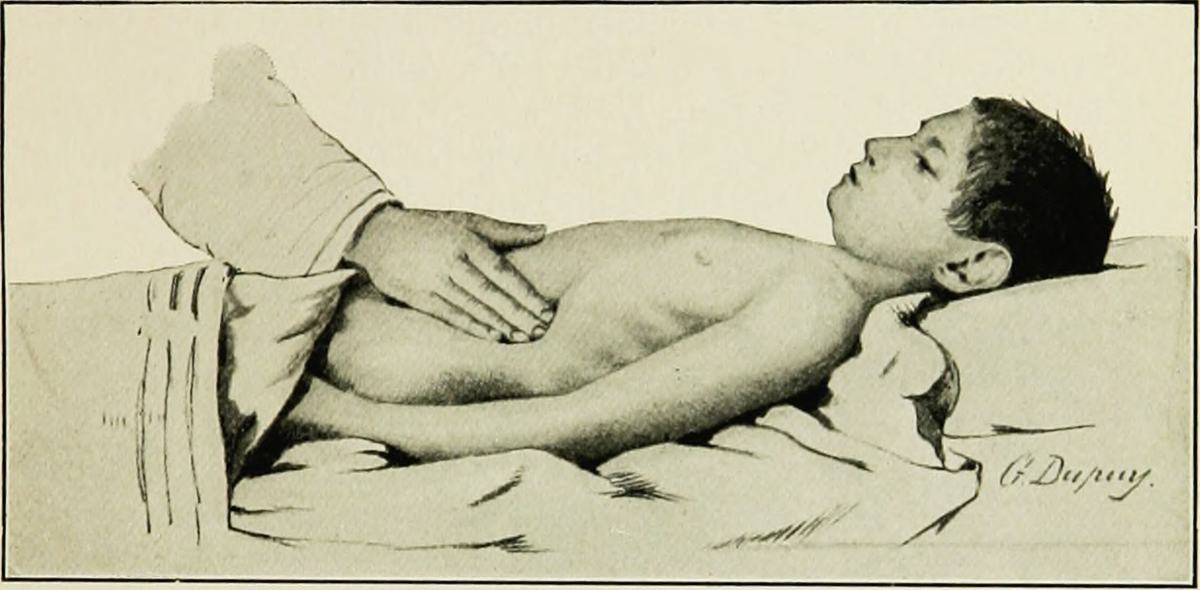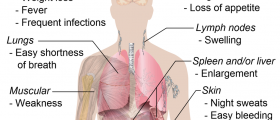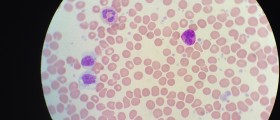
Leukemia-Overview
Cancer is a type of disease in which some of the body’s cellsbecome abnormal and start growing out of control. Leukemia is a cancer of the blood-formingcells in the bone marrow. It is characterized by an abnormal increase of bloodcells, usually white blood cells (leukocytes).
Doctors usually classify leukemia as being acute (when theabnormal blood cells are immature blood cells; they cannot perform their workand the disease progresses quickly), or chronic (when the abnormal blood cellsare more mature, and can function normally for a period of time; they may notproduce any symptoms and that state may last for years without being detected).
Causes and Symptoms
Scientists are not yet sure what the actual causes for thisdisease are, but it is supposed that it develops from a combination of geneticand environmental factors.
Symptoms may vary depending on the type of leukemia, but thecommon symptoms for all types are: fatigue, night sweats, fever, inexplicableweight loss, easy bleeding or bruising, frequent infections, bone pain, etc.
Treatment
Leukemia treatment has two goals: to fight the cancerand to relieve the symptoms of the disease and the side effects of thetreatment. Themost widely used anti-leukemic treatment is chemotherapy.
Also, some other forms of treatment are radiation therapy,stem cell transplant, and biological therapy. The doctor will recommend thebest course of treatment based on the overall health of the patient, their age,and how the stage of cancer.
Prognosis
The prognosis of a disease predicts the course of development.
The prognosis for this disease is based on what type of leukemiadoes the person have and is established on statistical data collected all overthe world.
Acute Lymphocytic Leukemia. This is the most common typeof leukemia in children. Thanks to modern treatment methods, about 80% of theaffected children are entirely cured. Adults have been seen to have a 40%chance of complete cure.Chronic Lymphocytic Leukemia. This is the most common typeamong people over 60. Because the progression of this disease is slow, lifeexpectancy is usually somewhere between ten to twenty years.Acute Myeloid Leukemia. This is a type of leukemia thatis characterized by faster progression of the disease. When detected early, 20%to 40% of patients survive for at least 60 months. However, people over 60 thathave been affected have a very low life expectancy.Chronic Myeloid Leukemia. This kind of leukemia is usuallyfound to affect middle aged adults. People in the early stages usually have alife expectancy of 98 months; those in intermediate stages may be expected tolive for 65 months, whereas the last stage patients may have a life expectancyof 42 months on average.















Your thoughts on this
Loading...